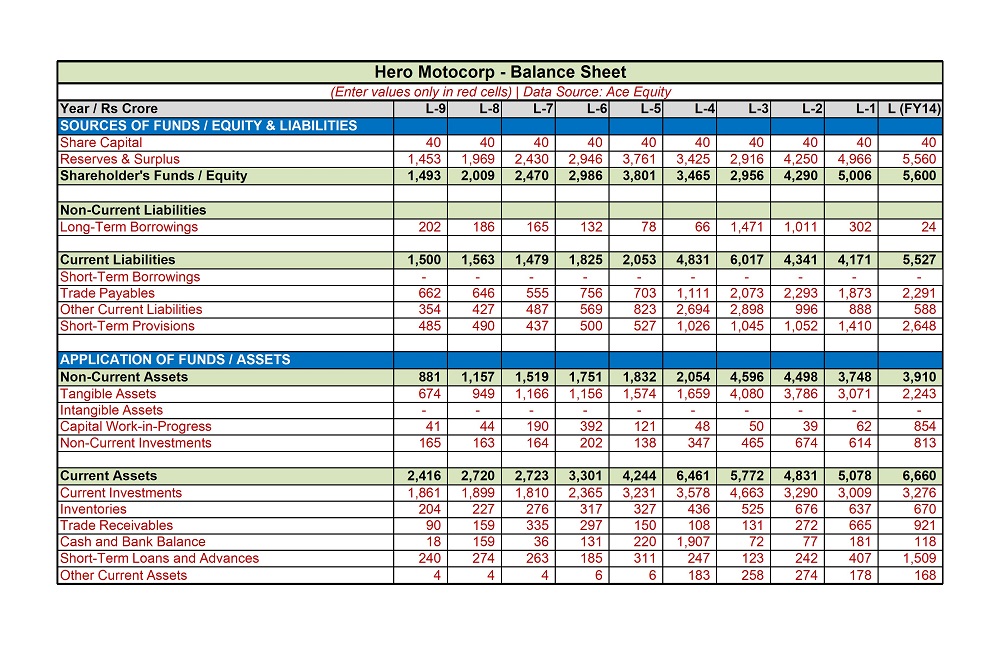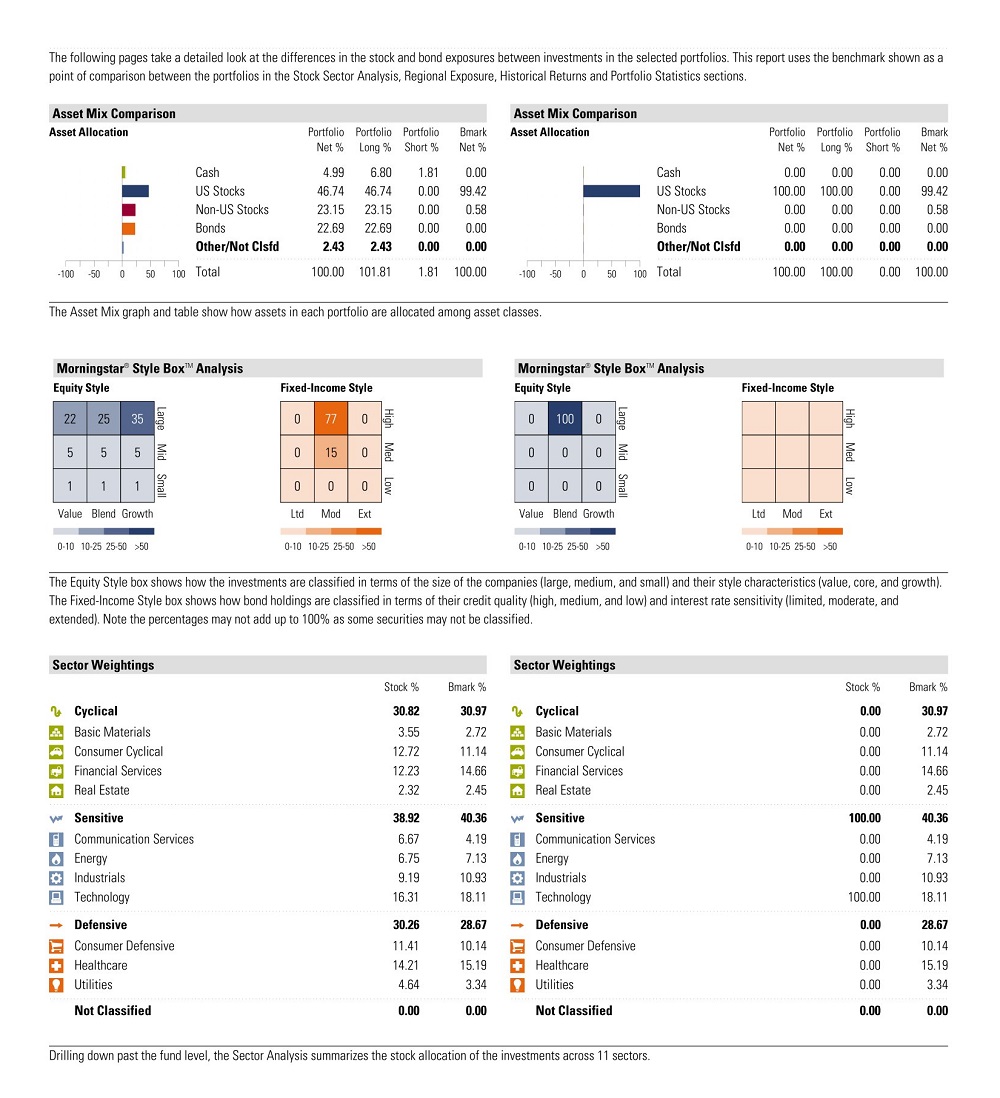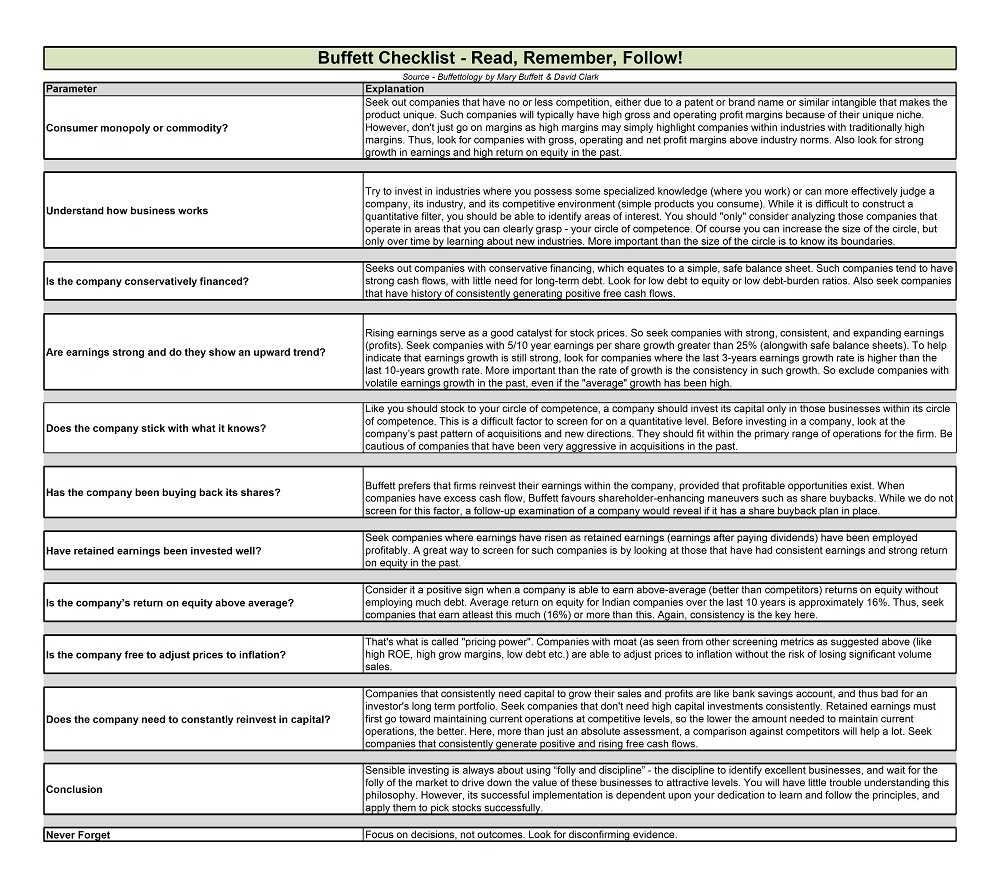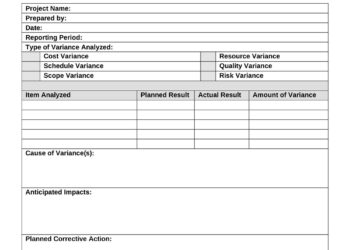Investing in the stock market can be an exciting yet intimidating experience. With so many options to choose from, it can be difficult to know where to invest your money. That’s where a stock analysis template can come in handy. This tool is designed to help you evaluate the financial health of a company by analyzing its financial statements, market trends, and other important data.
By using a stock analysis template, you can make informed decisions about which stocks to buy and sell, helping you to optimize your investment portfolio and achieve your financial goals. Whether you’re a seasoned investor or just starting, a stock analysis template is an essential tool to have in your arsenal. In this article, you’ll find a collection of free Simple Workforce Analysis Templates and samples in PDF, Word, and Excel format to help you make your stock effective.
While delving into the complexities of stock analysis with our robust Stock Analysis Templates, it’s essential to ensure your business operates smoothly in all aspects. Explore our Sales Quotation Templates to present your products and services professionally, fostering strong client relationships and supporting your financial growth with every deal.
Download Free Printable Stock Analysis Templates
Analysis Document For Stock Market |
Analysis Report Stock PDF Format |
Dividend Stock Analysis Template |
Intelligent Techniques in Stock Analysis |
One Page Quick Analysis of a Stock PDF |
Printable Stock Analysis Template |
Safal Niveshaks Stock Analysis Excel |
Simple Stock Analysis Template |
Stock Analysis Spreadsheet Template Excel |
Stock Analysis Template PDF |
Stock Options Analysis Template |
Stock Prices Using Technical Analysis and Machine Learning |
Stock Technical Analysis Template |
Technical Feasibility Analysis Example |
What is a Stock Analysis?
Investing in stocks can be an excellent way to grow your wealth and reach your financial goals, but it’s not without risks. Stock analysis is the process of evaluating a company’s financial health and performance before buying shares. This method involves looking at a range of data, such as the company’s revenue, expenses, profits, and debt, to determine whether the stock is worth investing in. Stock analysis can be done through several methods, including fundamental analysis, technical analysis, and quantitative analysis. By conducting a thorough stock analysis, you can make informed decisions about what stocks to invest in and increase your chances of achieving your financial goals.
Ratios and Metrics for Stock Analysis
When it comes to investing in the stock market, it’s important to know more than just the company’s name and industry. That’s where ratios and metrics come in. These numerical values can help investors better understand a company’s financial health and potential for growth. For example, the price-to-earnings ratio (P/E ratio) measures a company’s current stock price relative to its earnings. A high P/E ratio could indicate that investors have high hopes for the company’s future performance, while a low P/E ratio might suggest the opposite. Other ratios and metrics, such as the debt-to-equity ratio and return on equity, can provide additional insights into a company’s financial stability and profitability. By keeping an eye on these important indicators, investors can make more informed decisions and potentially improve their returns over time.
Key Elements of Stock Analysis
Stock analysis is an essential process in investing that involves evaluating and determining the future performance of a company’s stock. It requires a deep understanding of the various factors that affect a company’s financial health and stock price, including fundamental analysis, technical analysis, and market trends. In this blog post, we’ll take an in-depth look at the key elements of stock analysis and explain how you can use them to make sound investment decisions.
Fundamental Analysis
Fundamental analysis is a method of evaluating a company’s financial and economic health to determine its intrinsic value. This analysis involves reviewing financial data such as the income statement, balance sheet, and cash flow statement, along with other factors such as management team, competitive landscape, and industry trends. The goal of fundamental analysis is to identify the underlying value of a company’s stock and determine if it is currently overpriced or undervalued.
Technical Analysis
Technical analysis is a method of evaluating a company’s stock price and market trends by reviewing charts and other technical indicators. This analysis involves studying historical price and volume data to identify patterns, trends, and other information that can help predict future price movements. Technical analysts use various techniques such as moving averages, chart patterns, and candlestick charts to identify potential buying and selling opportunities.
Market Trends
Market trends can have a significant impact on a company’s stock performance. It’s critical to stay informed about current market trends and how they might affect the companies you are interested in investing in. These trends can range from broad economic conditions such as interest rates and inflation to more specific factors such as industry regulations and technological developments. Understanding these trends can help inform your investment decisions and mitigate potential risks.
Risk Management
Risk management is an essential element of stock analysis that involves identifying potential risks and developing strategies to mitigate them. This process involves assessing both the internal and external risks that could affect a company’s performance, such as competition, operational risks, regulatory changes, and other factors. Investors must develop a risk management strategy to minimize potential losses and ensure long-term investment success.
Valuation Metrics
Valuation metrics are essential tools for evaluating a company’s stock performance. Metrics such as price-to-earnings ratio (P/E ratio), price-to-sales ratio (P/S ratio), and price-to-book ratio (P/B ratio) are commonly used to determine a company’s overall value and whether a stock is overpriced or undervalued. It’s essential to understand these metrics and use them in conjunction with other analysis methods to make informed investment decisions.
Benefits of Stock Analysis
Stock analysis is an essential tool for any investor who wants to make informed decisions in the stock market. By analyzing stocks, investors can detect patterns, trends, and opportunities that are not visible to the naked eye. Moreover, stock analysis enables investors to evaluate the financial health of a company and its growth potential. This information is critical for making better investment decisions and maximizing returns. In addition, stock analysis provides investors with a better understanding of market trends, helping them to identify undervalued or overvalued stocks. Ultimately, the benefits of stock analysis can help investors to achieve their financial goals and build long-term wealth. Whether you are a beginner or an experienced investor, stock analysis is an invaluable tool that can help you make better investment decisions.
Valuation Methods and Stock Price Targets
Investing in the stock market can be a tricky business. With so many different companies and variables to consider, it can be difficult to determine which investments are worth your time and money. That’s where stock analysis comes in. By utilizing various valuation methods, investors can assess the worth of different stocks and predict potential stock price targets. Valuation methods can range from simple calculations like the price-to-earnings ratio to more complex analyses like discounted cash flow and relative valuation. These tools can help investors make informed decisions about which stocks to buy, sell, or hold. Ultimately, utilizing a combination of these valuation methods can lead to more successful and profitable investments in the long run.
How to Create a Stock Analysis Template
Investing in the stock market requires careful analysis and evaluation of stocks and the overall market. In order to successfully analyze stocks, it is essential to have an effective stock analysis template. Applying a good stock analysis template can help you make informed investment decisions and optimize your portfolio performance. Here’s how to create a user-friendly stock analysis template that can help you analyze stocks accurately and efficiently.
Determine the Key Metrics
The first step in creating a stock analysis template is to identify the key metrics you want to analyze. These could include financial ratios, earnings reports, revenue trends, dividends, debt-to-equity ratios, and more.
Choose the Right Tools
Next, you need to choose the right tools to create your template. You can either use a spreadsheet program like Microsoft Excel or Google Sheets or opt for a dedicated stock analysis tool. Make sure the tool you choose can be customized according to your needs and allows you to analyze various metrics.
Organize Your Template
Once you have chosen the tools, organize your template in a logical and easy-to-digest format. A simple layout with clear headings and subheadings can make it effortless for you to input data and provide you with a clear overview of the stock you are analyzing.
Evaluate Financial Health
After setting up the basic structure of your template, start filling in the financial statements of the company you’re analyzing. Key data you should include in your template are balance sheets, income statements, and cash flow statements. Analyzing these financial statements will give you an insight into the company’s financial performance and its overall health.
Evaluate Industry and Market Trends
It’s also important to analyze industry and market trends before concluding your stock analysis. Trace industry trends to find patterns and opportunities that you can leverage to your benefit. Evaluate key industry metrics and compare them to the pertinent securities markets. Incorporate economic and political situations in your analysis to gain an understanding of the current landscape.
Reference Link























